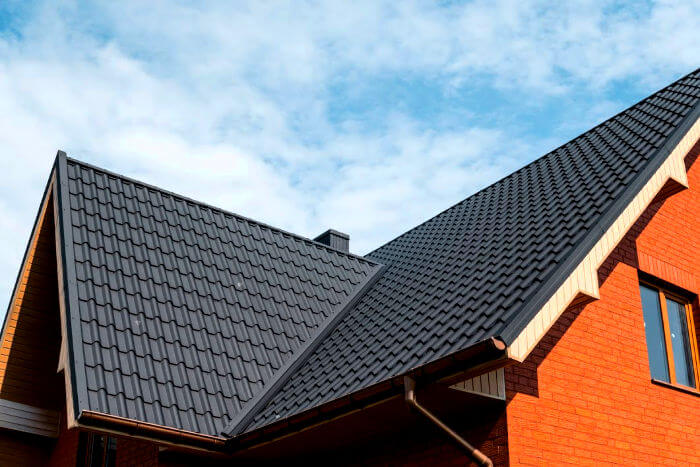Water Will Find a Way In
Water marks on a ceiling, or worse, trickling water, might have you fretted that your whole roofing is in tatters. But even if there's a leakage doesn't imply your roofing will call for a large amount of fixings. Often quiting it is as basic as loading a split with caulk, changing a few roof shingles, or mounting some flashing-- a membrane layer or layer of steel that offers a mechanical obstacle to reroute water at edges, gaps, gaps, and various other places vulnerable to leaking.
Dropped tree arm or legs, hailstorm, and even wind can loosen up or eliminate shingles. Damaged flashing is another usual offender. Also rubberized boots around plumbing pipelines, or with Gikas Alpine Roofing poorly mounted satellite dishes or photovoltaic panels can create separated leakages. To determine what kind of leakage you've hopped on your hands, first attempt to trace it to its origin.
Looking for Leaks
It's simplest to locate a leakage when it's raining outside. Keep in mind that water commonly collects at a spot that's different from where it's going into-- it typically runs down the length of a rafter or stud and just leaks once it reaches a nadir.
In an unfinished attic, the framing is visible, so merely start at the leakage and look along the size of any timber mounting that causes that point, to see if you discover a route of water that comes from higher on your roofing. In a finished attic, you'll need to utilize a portable tool called a jab attended remove any kind of drywall that blocks your sight. When you assume you have actually located the beginning, look at top of the roofing (you can do this safely from the ground with a pair of binoculars) to see if you can recognize any kind of apparent perpetrators, like missing tiles, or worn out blinking near a smokeshaft.
If you can not locate the leakage yourself, a certified roofing contractor can execute an assessment and also make suggestions regarding whether fixing or replacement is needed. Even if you're able to situate your very own leak, you'll wish to leave the fixing work to a pro-- climbing up onto your roofing system with a tall expansion ladder is a dangerous task. Many leakages can be quit if they're restricted to a few areas. If, however, you're experiencing repeating leakages, as well as your roofing runs out warranty, it might be time for a brand-new roofing. The cash you would invest in numerous temporary fixes is most likely better related to a brand-new roof covering with a prolonged guarantee.
Other Warning Signs
You do not need to wait on leaks to show up prior to you take into consideration fixings to your roofing, however. Missing, harmed, or curling shingles can all be indications of leaks to come. And the age of your roof itself can be an overview-- home owner's insurance companies typically presume an asphalt shingle roofing system will last regarding two decades, as well as some insurance companies won't provide coverage if your roof covering is older than that. If your roof covering was placed on by the previous owner of your residence, a professional roofer or a licensed home assessor can usually supply a harsh estimate of the age, based upon the problem of the roof shingles.
Even without leakages or evident signs of damages to the roofing system, it can make good sense to change an out-of-warranty roof covering that's more than twenty years old. That's because when a leak develops, it can do serious damage to the wood sheathing below the shingles. As well as if that sheathing ends up being distorted or deteriorated, replacing it can add a number of thousand bucks to the overall expense of your brand-new roofing system when you do get around to changing it. The illustration listed below shows the different layers associated with a common roofing.

Insurance Coverage
Before you hire anybody to deal with your roof, call your homeowner's insurer to examine your insurance deductible and insurance coverage for roofing system fixings or substitute. You'll intend to evaluate your out-of-pocket prices against the price of changing your roof totally. Take into consideration any resulting rise in your costs as well-- it may make even more sense to merely cover the expense yourself.
Typically, property owner's insurance coverage might cover, or contribute toward, the repair service of isolated leakages, however won't cover the expense of replacement. Most insurers will send out an insurer to offer a price quote for the repair service, and policies generally cover repairs to the roofing system, as well as any kind of damages to the framing, drywall, or flooring that results from a leaking roof. If you do get a payout from your insurance company, you can utilize that cash to make the certain repair work, or apply it towards the expense of an overall substitute.